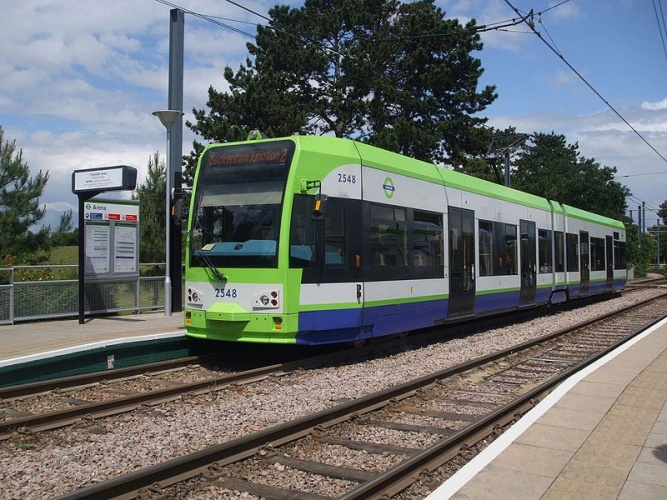
Set to be introduced by the end of 2019, the system will automatically bring trams to a stop if they are exceeding the speed limit in certain locations. The 2016 accident was caused by a tram carrying excess speed into a sharp bend near the Sandilands stop, travelling 73km/h through a section with a 20km/h limit. After the tram derailed, passengers were thrown through the glass in vehicle’s windows and doors. In addition to the seven fatalities, 19 other passengers were treated for serious injuries.
The contract for the design and installation of the automatic braking system has been awarded to Derby-based Engineering Support Group Limited (ESG), a subsidiary of government-owned German rail operator Deutsche Bahn. The technology will operate alongside the driver protection device that has been in operation since September 2017, alerting to any signs of driver distraction and fatigue. A Rail Accident Investigation Branch (RAIB) investigation in the wake of the Croydon crash found that fatigue – possibly resulting in the driver momentarily falling asleep – may have been a factor in the incident.
“We will never forget the tragedy at Sandilands and from day one have focused our attention on preventing this type of incident from ever happening again,” said Mark Davis, TfL's general manager of London Trams.
“Awarding the contract for a new automatic braking system is a first for trams in the UK, and not only will it improve safety for customers in London, but we hope it will lead the way for other tram operators across the country. We will work to have the new system, which will automatically apply the brakes if a tram is exceeding the speed limit, in full operation by the end of the year.”
TfL is also set to introduce a new emergency lighting system which will operate independently of the tram's battery in the event of an emergency, based on recommendations made by the RAIB. Elsewhere, a new higher specification film that is 75 per cent thicker (from 100microns to 175microns) will be fitted to all doors and windows to improve strength and prevent shattering in the event of an accident. Other RAIB recommendations implemented since the crash include a permanent speed reduction across London's tram network, speed monitoring and signage at significant bends, and an enhanced customer complaints process.




Virgin Atlantic’s Flight100 saved 95 tonnes of CO2 in first SAF flight
LOL a time-honoured unit of volume measurement,, just as large <i>AREAS</i> are expressed as multiples of the size of Wales … or renewable energy...